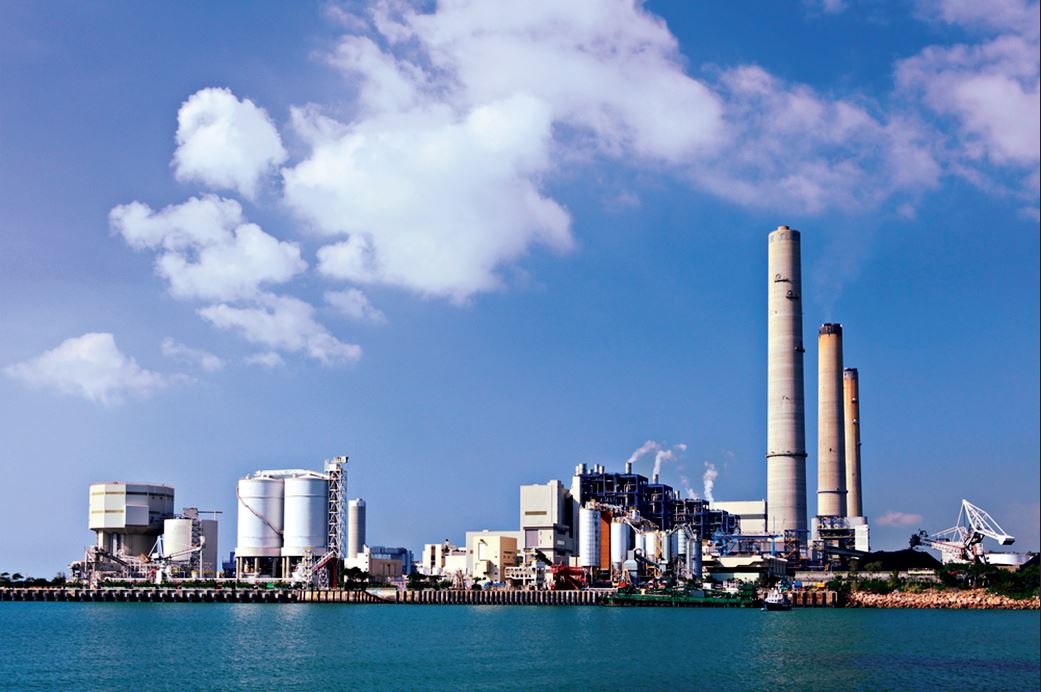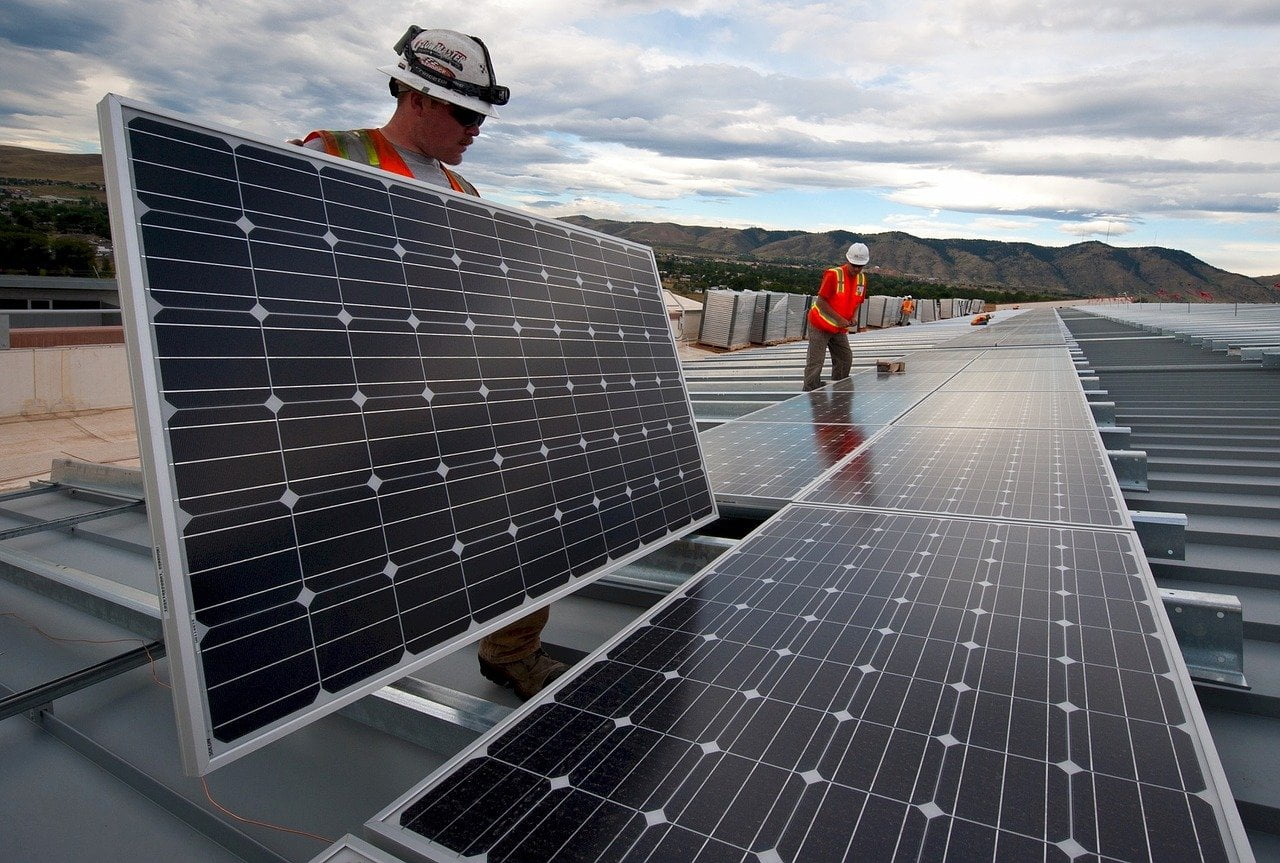A staggering 8,000 Megawatts of renewable energy capacity including wind, solar and hydropower has been added into the energy mix since January 2016.
The Clean Energy Regulator said that this figure exceeds the 6,400 MW that it had calculated is needed to meet the Renewable Energy Target (RET) of 33,000-gigawatt hours of clean energy generation by 2020 by 1,600 MW.
Renewable energy generation will satisfy RET

The CER said that the 8,000 MW figure included projects that are already operational, as well as those that are under construction. The figures back up the findings of the Australian Energy Resources Assessment last week. The renewable energy figure draws particular attention because it is the equivalent of what the mothballed Hazelwood plant in Victoria was capable of producing before it was shut down in March last year.
The closure of Hazelwood caused a spike in the wholesale electricity prices in Australia, with New South Wales, South Australia and Victoria being hit particularly hard.
Energy Security Board chairperson Kerry Schott said the increasing shift towards renewables was more like a tsunami than anything. She was speaking at the Energy Week 2018 conference in Melbourne on Friday.
The findings fly in the face of the Federal Government’s position, which blamed the closure of Hazelwood on the pro-renewable approach adopted by the Victorian Labor state government. The whole of Australia seems to be geared to switching to renewables, but the Turnbull government is stuck in the idea that coal makes sense.
Coal generation is becoming more expensive than renewable energy, but the Liberal Government is still arguing the case for coal, piling pressure on AGL to keep its Liddell plant open beyond its 2022 use by date or sell it to Alinta Energy. AGL wants to turn the site into a renewables energy hub.
Renewable energy is cheaper than coal

The figures produced by the CER only include large-scale renewable energy projects of 100 KW and above. They do not include small-scale rooftop solar installations that are on track to produce record results this year, increasing at about 1,100 MW per year.
Wind the clock back three years and the Abbot government had abolished the previous Labor Government’s carbon price and further complicated matters by putting the Renewable Energy Target on hold for two years.
The Abbott government at the time had said that the 33K GWh was impossible to meet. Falling prices for renewables, however, seems to be flipping that argument on its head. Dr Schott said that experts at big power companies are turning away from coal due to simple economics.
Getting finance for a new coal-fired generator is proving to be impossible because wind and solar power are much cheaper. When the issue of finite carbon resources is factored into the equation, then the choice becomes even clearer.
Commercial renewable energy systems booming

In addition to the numbers crunched by the CER, an additional 1,454 MW worth of projects have signed power purchase agreements (PPAs) which are expected fully financed and under construction this year.
“The momentum of announcements continues and we are aware of other large-scale projects that are expected to be publicly announced in the coming months,” the CER said.
Commercial and industrial solar systems – between 100 KW and 1 MW – are booming. The CER currently has 100 applications dealing with a capacity of 25 MW and expects more than 130 MW of these projects to apply for accreditation this year. Incredibly, that is five times higher than in 2017.
Solar now makes up an estimated 50 percent of the new renewable energy capacity needed to meet the RET, up from 25 percent. This has increased the capacity needed to meet the RET from 6,000 MW to 6,400 MW due to solar’s lower capacity factor compared to wind.














